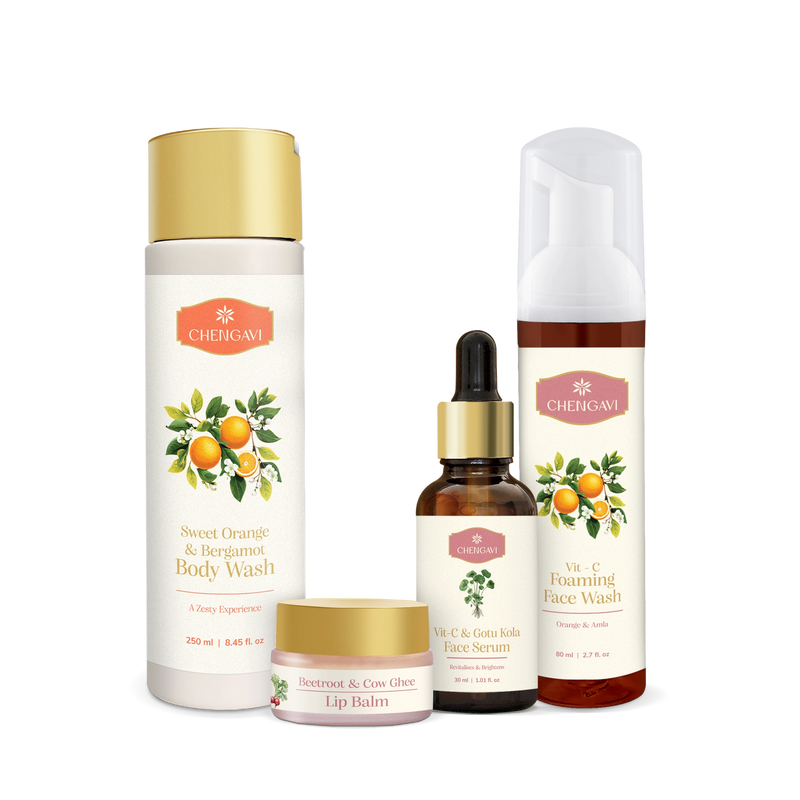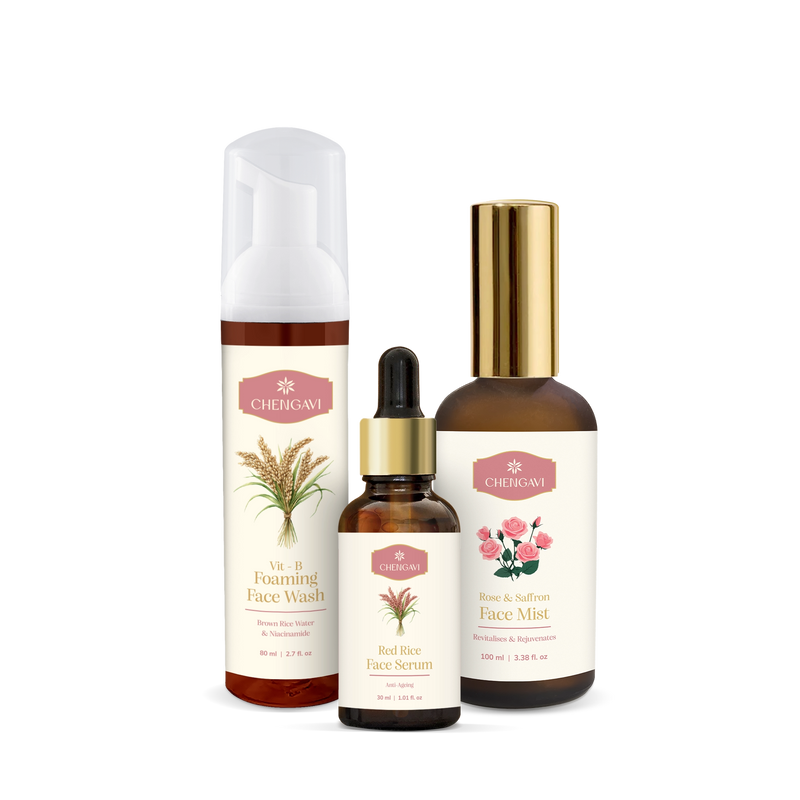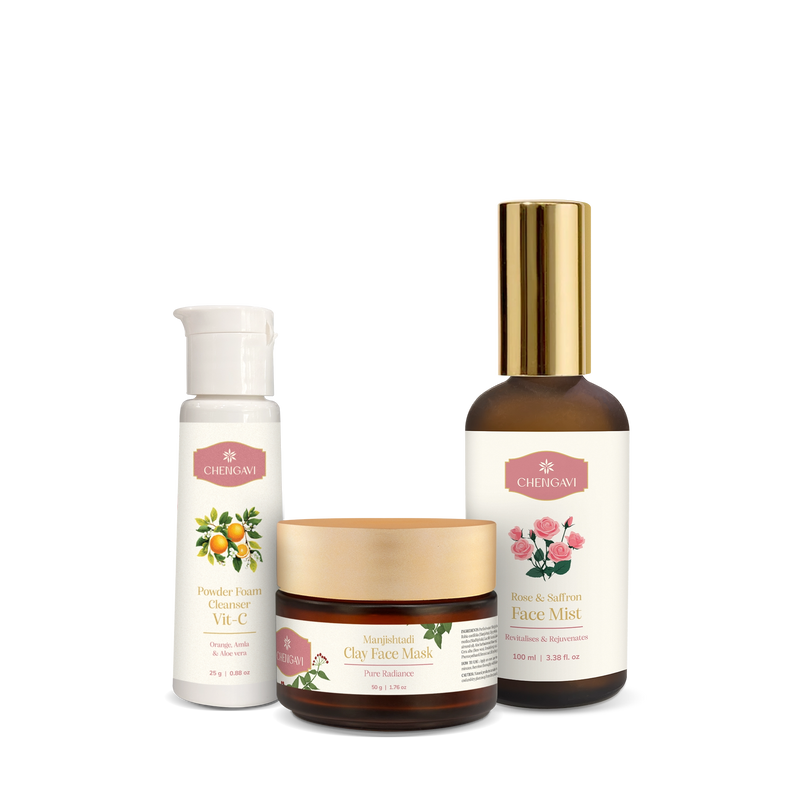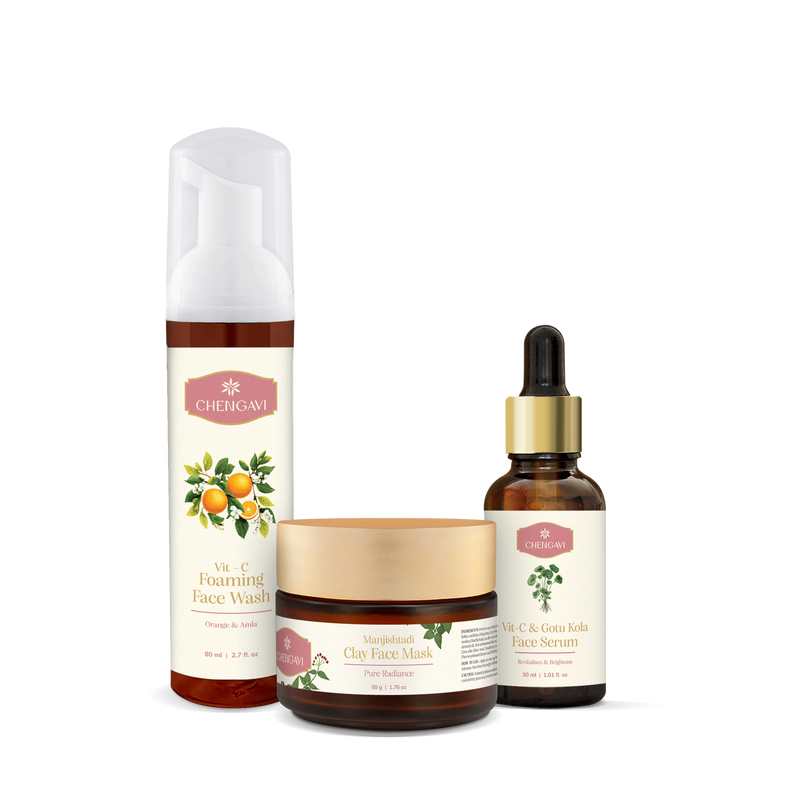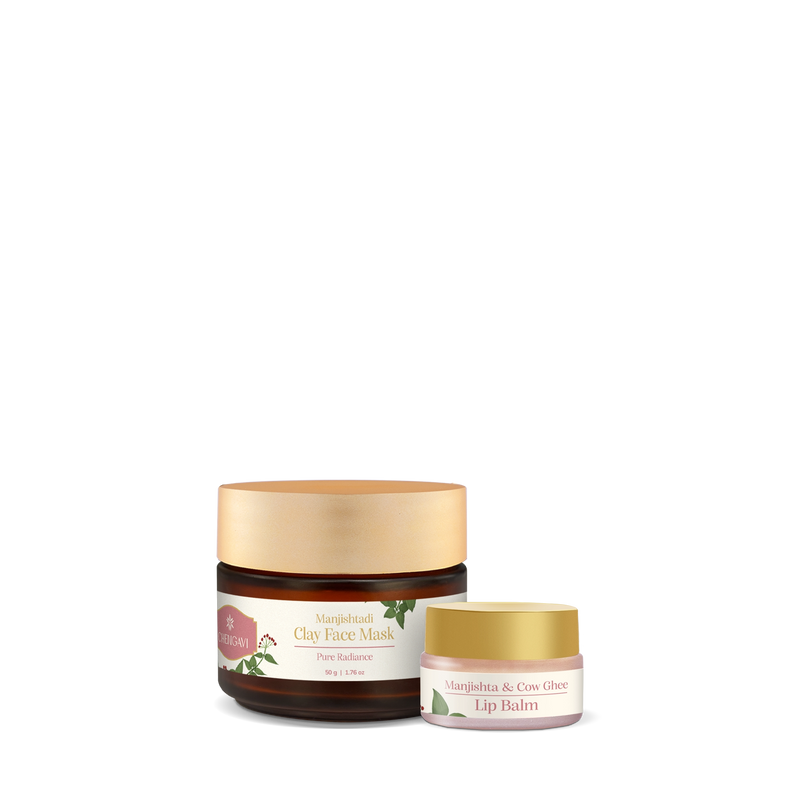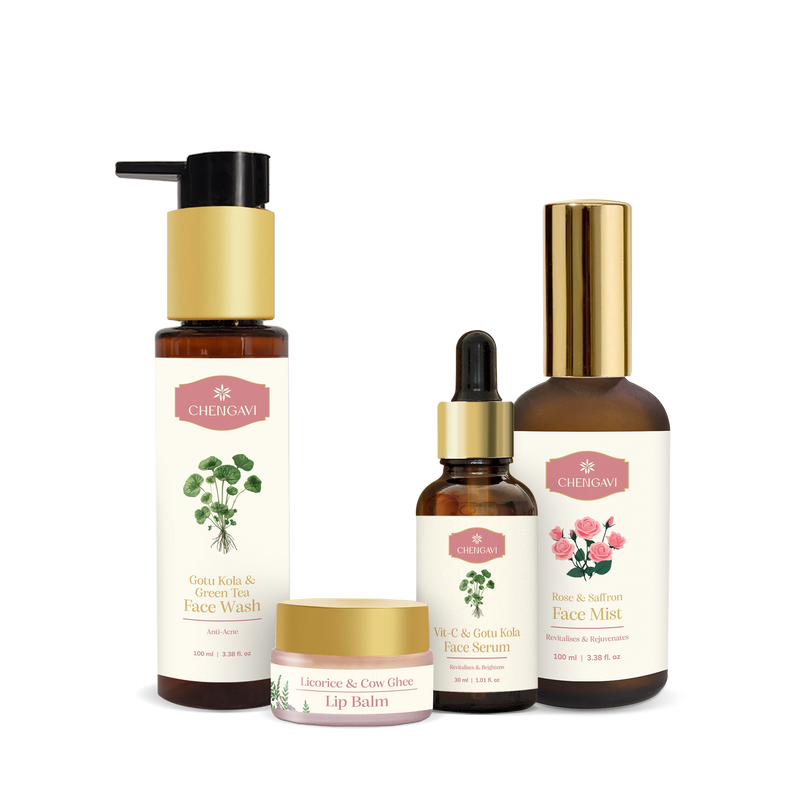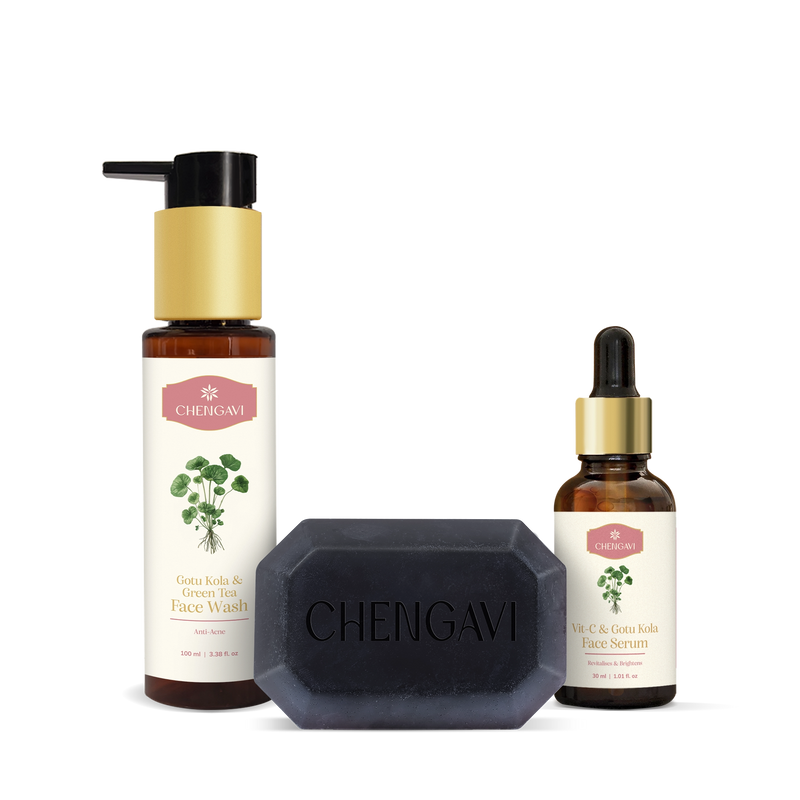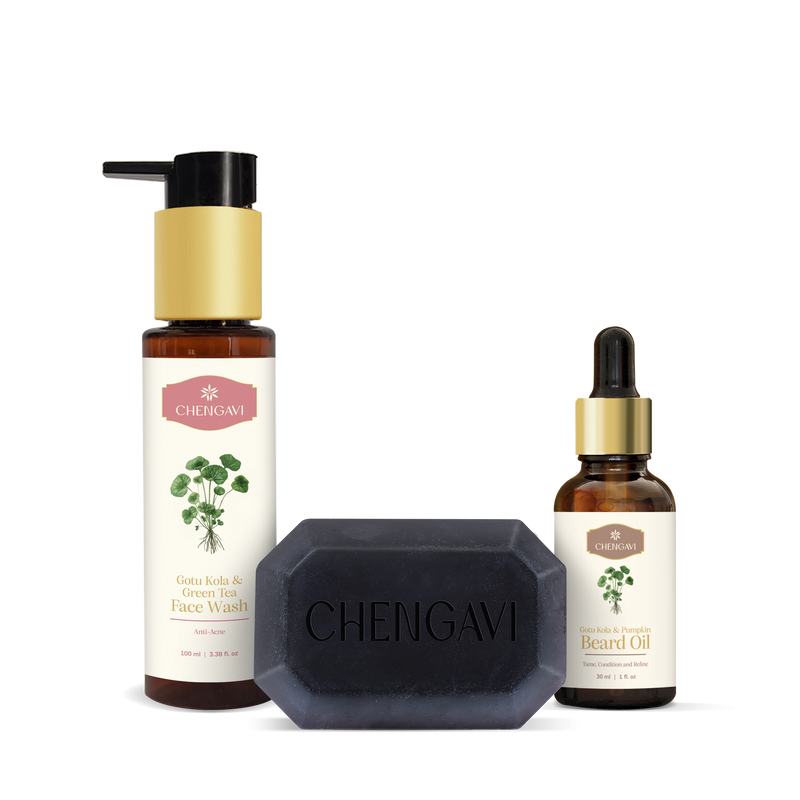
Ayurveda is more than a tradition. It’s a 5,000-year-old system rooted in understanding the delicate balance between mind, body, and spirit.
Derived from the Sanskrit words Ayus (life) and Veda (knowledge), Ayurveda offers a timeless guide to holistic living. It champions natural remedies, mindful practices, and inner harmony as keys to well-being.
But here’s the exciting part.
Modern science is now catching up, uncovering the molecular mechanisms behind ancient Ayurvedic remedies. From turmeric to ashwagandha, these time-honoured solutions are proving to be as effective today as they were centuries ago, addressing everything from stress to pollution-induced damage.
Let’s dive deeper into Ayurveda’s cultural heritage, its practical applications, and the scientific validation of its remedies.
Cultural Context: A Legacy of Healing and Wellness
Ayurveda in Celebrations and Everyday Life
Ayurveda’s principles have always been woven into Indian culture. From weddings to festivals, you’ll find rituals steeped in its wisdom.
During the haldi ceremony at weddings, turmeric isn’t just applied for its glow-enhancing properties; it symbolizes purification and protection. Likewise, sandalwood paste during festivals cools the skin and calms the mind.
Rituals Rooted in Balance
Ayurveda thrives on balance—whether it’s between the three doshas (vata, pitta, kapha) or aligning with nature’s rhythms.
Take dinacharya (daily routines), for instance. These rituals are simple yet profound:
- Oil pulling to detoxify.
- Herbal teas to rejuvenate.
- Abhyanga (self-massage) to nourish both body and mind.
These aren’t just wellness trends; they’re preventive practices that aim to harmonize the body’s natural energy flow.
Even skincare in Ayurveda is about balance. Traditional remedies like ubtan (a mix of turmeric, gram flour, and milk) cleanse, exfoliate, and brighten the skin naturally. Meanwhile, oils like sesame or coconut go beyond beauty, promoting joint health and soothing the nervous system.
Till date, families rely on remedies like tulsi water for immunity or ginger and honey for a sore throat. These aren’t just customs—they’re a testament to Ayurveda’s enduring relevance.
Modern Relevance of Ayurveda
In a world of chronic stress and fast-paced living, Ayurveda offers solutions that go beyond surface-level fixes. Instead of merely addressing symptoms, it focuses on the root cause.
- Stress & Anxiety: Adaptogenic herbs like Ashwagandha and Brahmi help the body adapt to physical and emotional stress.
- Detoxification: Neem and Amla cleanse the body, protecting against oxidative damage caused by free radicals.
The holistic nature of Ayurveda also supports sustainability. Its natural remedies are gentle yet effective, making them ideal for long-term use.
Pair these with practices like pranayama (breath control) or mindfulness, and you have a complete system to boost immunity, lower cortisol levels, and promote overall well-being.
The Science Behind Ayurvedic Ingredients
Modern research is shining a light on the molecular magic of Ayurvedic remedies.
1. Turmeric (Haridra): The Anti-Inflammatory Marvel
Curcumin, turmeric’s bioactive compound, is a powerhouse.
- It neutralizes free radicals, reducing cell damage and inflammation. - Studies highlight its ability to brighten skin and reduce acne by inhibiting melanin production. Studies reveal curcumin’s role in soothing inflamed skin and combating oxidative stress.
2. Neem: Nature’s Detoxifier
Rich in azadirachtin and quercetin, neem detoxifies the skin while combating bacteria and inflammation. Neem has proven benefits and effectiveness against acne and redness.
3. Saffron (Kumkuma): The Radiance Booster
The antioxidant crocin in saffron combats oxidative stress while enhancing collagen production. Studies have proven that saffron significantly improves skin texture and tone.
4. Gotu Kola (Brahmi aka Centella asiatica): Nature’s Collagen Booster
Often called the "herb of longevity," Gotu Kola is a staple in Ayurveda for youthful, resilient skin.
At the molecular level, triterpenoids in Gotu Kola boost collagen production, reducing wrinkles and improving elasticity. These compounds also accelerate wound healing, making it ideal for scar reduction. Studies highlight its ability to firm skin and enhance natural repair processes. Simple yet powerful, Gotu Kola bridges tradition and science effortlessly.
5. Antioxidants and Adaptogens
Ayurveda’s power lies in synergy. Ingredients work together to heal from within.
- Antioxidants like amla and turmeric shield cells from free radicals, boosting collagen and reducing aging signs.
- Adaptogens like ashwagandha regulate cortisol, alleviating stress-induced acne and inflammation.
And then there’s exfoliation, done gently. Masoor dal and amla contain natural acids that renew the skin without irritation, promoting a healthy glow.
Conclusion: A Timeless Science
Ayurveda is not just an ancient philosophy—it’s a science validated by modern research.
From turmeric’s anti-inflammatory properties to ashwagandha’s adaptogenic benefits, its remedies offer sustainable, effective solutions for today’s challenges. In Ayurveda, health isn’t just the absence of disease.
It’s balance. It’s harmony.
It’s the understanding that true well-being comes when we align with nature, honor our bodies, and seek the root cause of every ailment. Perhaps that’s why, after 5,000 years, Ayurveda isn’t just surviving—it’s thriving.
